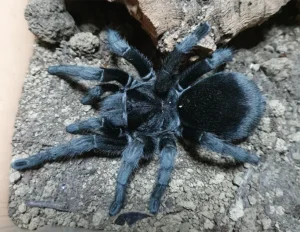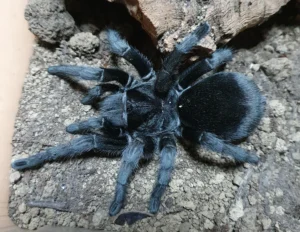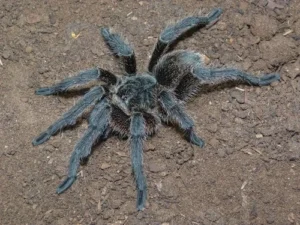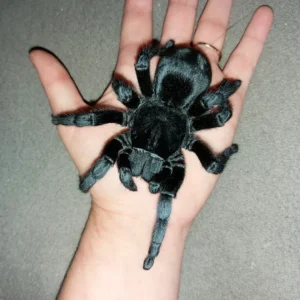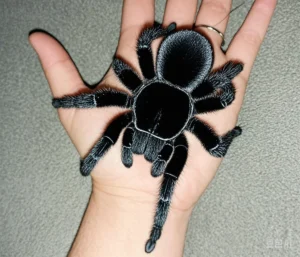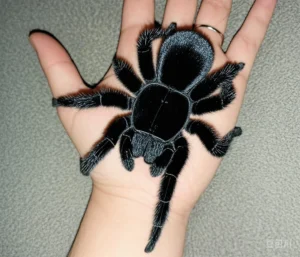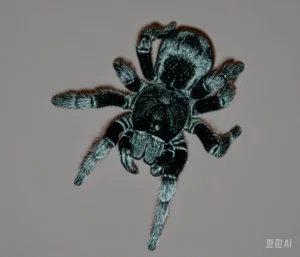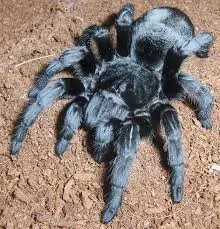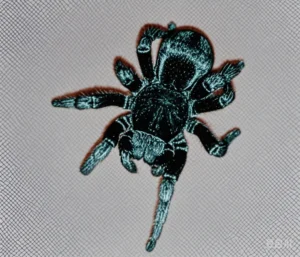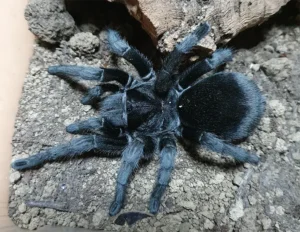Ecdysis Complications in Captive Grammostola pulchra: Causes and Prevention
Ecdysis, or molting, is the essential process by which tarantulas shed their old exoskeleton to grow. While usually successful, this is a vulnerable period for the spider, and complications (dysmoult) can sometimes occur in captivity, potentially leading to injury or death. Understanding the causes and prevention is crucial for keepers of Grammostola pulchra.
The Ecdysis Process
Leading up to a molt, the tarantula (like G. pulchra) typically exhibits behavioral changes: fasting, reduced activity, sometimes creating a silk mat, and darkening of colors (especially the abdomen). During the molt itself, the spider usually lies on its back, expands its body using haemolymph pressure to split the old carapace, and slowly extracts its body and limbs from the old exoskeleton. This can take several hours.
Common Complications (Dysmoult)
Things can go wrong during this delicate process:
- Stuck Limbs/Appendages: Parts of the old exoskeleton fail to detach cleanly, trapping a leg, pedipalp, or chelicerae.
- Incomplete Molt: The tarantula fails to fully extract itself from the old exoskeleton.
- Abdominal Rupture: The pressure exerted can sometimes cause the delicate new abdomen to rupture, which is usually fatal.
- Deformities: Even if successful, problems during molting can lead to bent or kinked limbs in the new exoskeleton.
- Exhaustion/Death: The process is strenuous; a weak or compromised tarantula might die from exhaustion during the attempt.
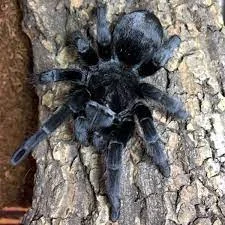
Causes of Ecdysis Complications
Most molting problems in captive G. pulchra stem from suboptimal husbandry:
- Low Humidity: This is perhaps the most common culprit. Insufficient ambient humidity can cause the old exoskeleton to dry out too quickly, making it brittle and difficult to shed, increasing the risk of getting stuck.
- Dehydration: A tarantula needs to be well-hydrated to generate the internal pressure required for molting. Lack of access to fresh water can severely hinder the process.
- Stress/Disturbance: Disturbing a tarantula during the molting process (e.g., vibrations, attempted handling, presence of live prey) can cause panic or interrupt the molt, leading to complications.
- Injury or Illness: Pre-existing injuries, parasites, or underlying health issues can weaken the tarantula, making the strenuous molting process too difficult.
- Nutritional Deficiencies: While less documented, severe malnutrition could potentially impact the molting process.
- Old Age: Very old tarantulas may become weaker and have more difficulty molting successfully.
Focusing on [preventing tarantula molting problems](https://www.lopehare.com/tarantula-medical-information/) is the best approach.
Prevention Strategies
Preventing molt complications primarily involves providing optimal care:
- Maintain Appropriate Humidity: For G. pulchra, ensure humidity is within the recommended range (typically around 60-70%). Slightly increasing humidity (e.g., by overflowing the water dish or lightly misting a corner) when a molt is suspected can be beneficial, but avoid making the enclosure constantly wet.
- Constant Access to Water: Always provide a full, clean water dish.
- Proper Nutrition: Offer a varied diet to ensure the tarantula is healthy and robust leading up to the molt.
- Minimize Stress: Provide adequate hides and avoid unnecessary handling or disturbances, especially if premolt behaviors are observed.
- Remove Live Prey: Never leave live feeders in the enclosure with a molting or premolt tarantula.
- Provide Space: Ensure the enclosure provides enough clear, flat space for the tarantula to molt, usually on its back.
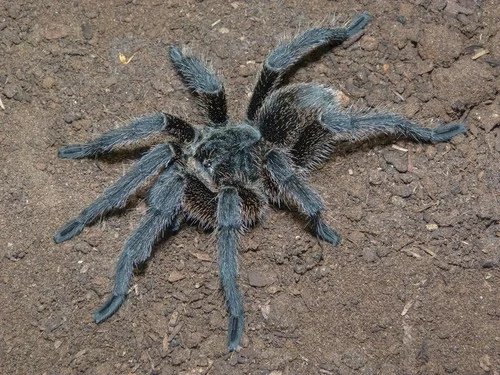
Intervention (Use Caution)
Intervening in a problematic molt is extremely risky and often does more harm than good. Direct assistance should only be considered as a last resort in specific situations (e.g., a limb clearly stuck for many hours after the rest of the molt is complete) and requires great care.
Avoid Unnecessary Interference: Molting can take many hours. Patience is key. Interfering prematurely is highly likely to injure or kill the tarantula. If intervention seems absolutely necessary, research techniques carefully (e.g., using a damp paintbrush to gently moisten stuck areas) and understand the high risks involved.
By maintaining excellent husbandry practices, keepers can significantly minimize the risk of ecdysis complications and help their Grammostola pulchra navigate this critical process successfully throughout its life.
References:
- Information collated from experienced tarantula keepers and online husbandry guides.
- General principles of arthropod ecdysis.

